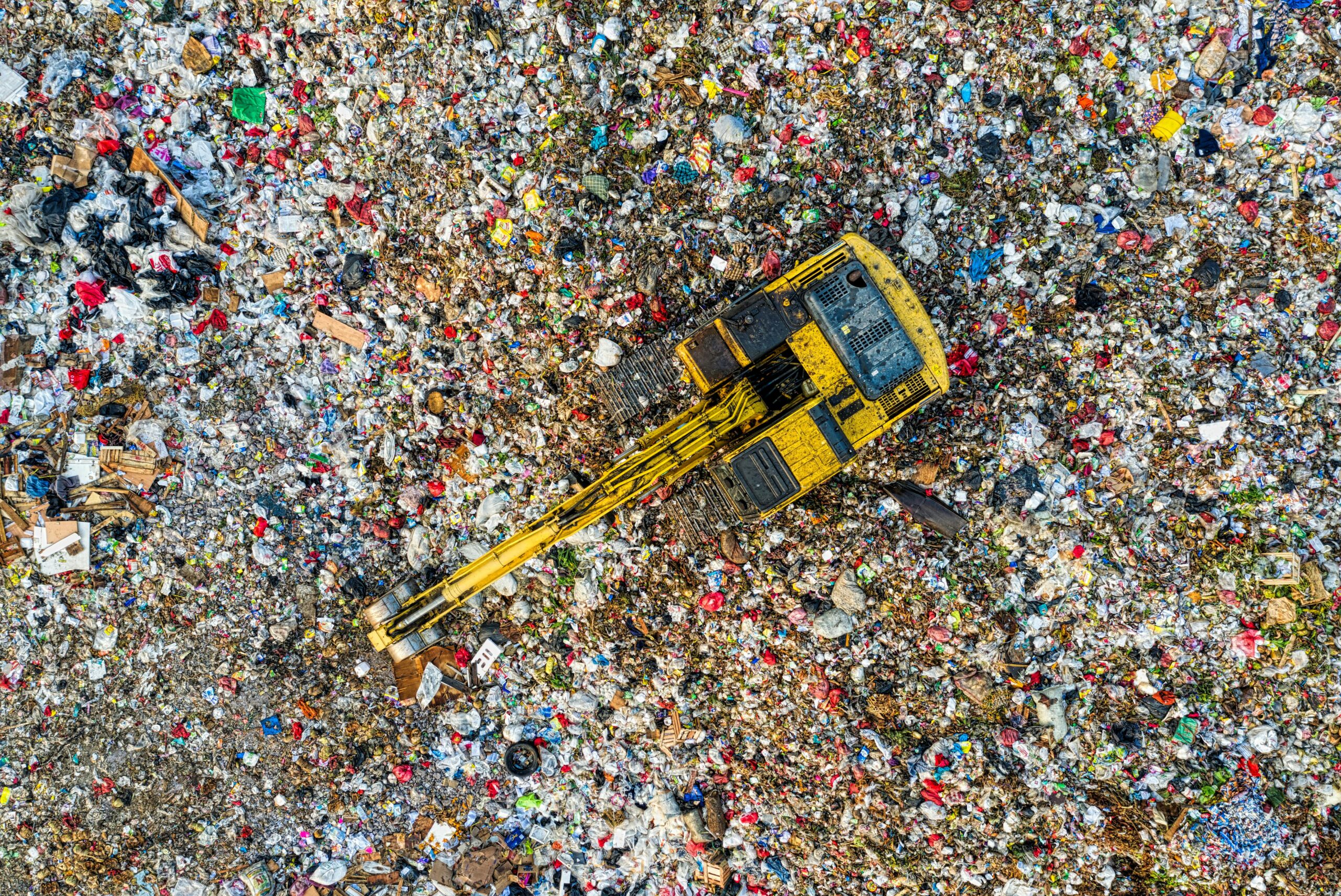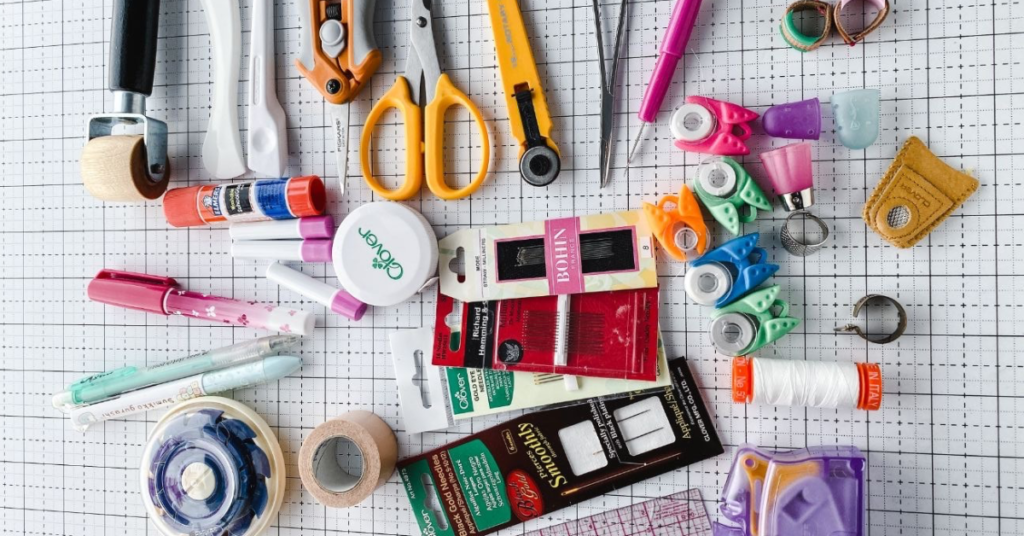Why Preloved Items Are Helping the Planet

In a world increasingly dominated by fast fashion, disposable products, and ever-changing trends, the concept of preloved items—secondhand goods that find new homes and purposes—is gaining traction. This shift toward valuing what already exists over buying new is not just a passing trend but a conscious movement that benefits both individuals and the environment. Here, we’ll explore why preloved items are a crucial part of a sustainable future and how they contribute to the well-being of our planet.
The Environmental Impact of New Production
To understand the significance of preloved goods, it’s essential to first grasp the environmental toll of manufacturing new products. The production process, whether for clothing, electronics, or furniture, consumes vast amounts of resources:
-
Raw Materials: Many industries rely on non-renewable resources, such as metals, petroleum, and wood. Extracting these materials often leads to deforestation, habitat destruction, and soil degradation.
-
Water Consumption: Consider the fashion industry. Producing a single cotton T-shirt can consume over 2,700 liters of water—equivalent to what one person drinks in two and a half years.
-
Energy Use: Factories require significant energy, much of which comes from fossil fuels, contributing to greenhouse gas emissions.
-
Waste and Pollution: Manufacturing generates industrial waste, toxic by-products, and pollution, often contaminating air, water, and soil.
When consumers choose preloved items, they effectively sidestep these environmental costs, making a substantial positive impact.
Reducing Landfill Waste
Globally, billions of tons of waste end up in landfills each year. A significant portion of this waste comprises items that could have been reused, repaired, or repurposed. Landfills are not only an eyesore but also a source of methane, a potent greenhouse gas that accelerates climate change.
By embracing preloved goods, consumers divert these items from landfills, extending their lifecycle and reducing waste. This practice aligns with the principles of a circular economy, where resources are reused and recycled rather than discarded.

Cutting Down on Carbon Emissions
The production and transportation of new goods account for a considerable share of global carbon emissions. For instance, manufacturing a new smartphone can emit as much carbon dioxide as using the device for a decade. Similarly, the fast fashion industry is responsible for up to 10% of global greenhouse gas emissions—more than international aviation and shipping combined.
Purchasing preloved items eliminates the need for additional production and the associated emissions. Furthermore, local secondhand markets reduce the carbon footprint of transportation, as items are often exchanged within nearby communities rather than shipped across continents.

Conserving Energy and Natural Resources
Each product that is reused represents resources saved from being extracted and processed. For example:
Electronics: Reusing or refurbishing gadgets preserves valuable minerals like gold, silver, and rare earth elements, which are energy-intensive to mine.
Furniture: Opting for secondhand furniture reduces the demand for timber, helping to protect forests and the biodiversity they support.
Clothing: Preloved apparel minimizes the need for water-intensive cotton farming and energy-consuming textile manufacturing.
Fostering Mindful Consumption
Choosing preloved items is not just about resource conservation; it’s also a mindset shift. In a society driven by consumerism, preloved goods encourage individuals to rethink their purchasing habits. Here’s how:
Quality Over Quantity: Preloved shoppers often prioritize well-made, durable items that can stand the test of time.
Creative Repurposing: The secondhand market inspires creativity, as individuals find unique ways to use or upcycle items.
Financial Awareness: Preloved goods are often more affordable, helping consumers save money while reducing waste.
The Social Impact of Preloved Goods
Beyond environmental benefits, preloved items contribute to social well-being. Thrift stores, consignment shops, and online resale platforms create jobs and support local economies. Additionally, many secondhand businesses partner with charitable organizations, using their proceeds to fund community programs and initiatives.
Sharing and reusing items also foster a sense of community. Clothing swaps, garage sales, and peer-to-peer platforms connect individuals, promoting a culture of collaboration and mutual support.
The Role of Technology in Promoting Preloved Goods
Digital platforms have revolutionized the secondhand market, making it easier than ever to buy and sell preloved items. Apps and websites dedicated to resale have expanded access to secondhand goods, offering features like:
Search and Filter Options: Users can quickly find specific items that meet their needs.
Secure Transactions: Payment gateways and buyer protection policies build trust between users.
Sustainability Metrics: Some platforms highlight the environmental savings of purchasing secondhand, empowering consumers to make informed choices.
The Fashion Industry’s Preloved Revolution
One of the most significant preloved movements is happening within the fashion industry. Fast fashion’s unsustainable practices have driven consumers to seek alternatives, and preloved clothing has become a popular choice. Here’s why:
Unique Finds: Secondhand stores often carry vintage and one-of-a-kind pieces, allowing shoppers to express their individuality.
Brand Accessibility: High-end brands become more affordable when purchased secondhand.
Sustainability Consciousness: Ethical consumers are increasingly aware of the environmental cost of fast fashion and are turning to preloved options to reduce their impact.
Addressing Common Concerns About Preloved Items
Despite its benefits, the preloved market faces some misconceptions. Addressing these concerns can encourage more people to participate:
Hygiene: Many secondhand platforms and stores clean and sanitize items before resale. Simple cleaning methods can also make preloved goods feel like new.
Quality: While some preloved items show signs of wear, many are in excellent condition. High-quality goods, in particular, often retain their value and functionality.
Convenience: Online platforms and curated thrift shops have made finding preloved items as easy as buying new ones.
How to Support the Preloved Movement
If you’re inspired to make preloved goods part of your lifestyle, here are some actionable steps:
Start Small: Begin by incorporating a few secondhand items into your wardrobe or home.
Donate and Sell: Pass on items you no longer need to thrift stores or resale platforms.
Educate Others: Share the environmental and social benefits of preloved goods with friends and family.
Support Local: Visit local thrift stores and community markets to find hidden treasures.
Repair and Upcycle: Extend the life of your belongings by repairing or creatively repurposing them.
Preloved and the Future of Sustainability
The preloved movement is more than a trend; it’s a critical component of a sustainable future. By prioritizing reuse over new production, we can:
Reduce our carbon footprint.
Preserve precious natural resources.
Minimize waste and pollution.
Cultivate a culture of mindful consumption.
Every preloved item tells a story, connecting its past, present, and future owners in a shared commitment to sustainability. As more people embrace the value of secondhand goods, the ripple effect on our planet will be profound.
Conclusion
The journey toward a sustainable planet involves collective action and conscious choices. Preloved items offer a simple yet powerful way to reduce environmental harm, support local communities, and promote a circular economy. By choosing secondhand, we not only save resources but also contribute to a culture that values sustainability over consumption.


